43 lipids on food labels
openoregon.pressbooks.pub › nutritionscienceDigestion and Absorption of Lipids – Nutrition: Science and ... Figure 5.22. Lipid digestion and absorption in the small intestine. Once inside the intestinal cell, short- and medium-chain fatty acids and glycerol can be directly absorbed into the bloodstream, but larger lipids such as long-chain fatty acids, monoglycerides, fat-soluble vitamins, and cholesterol need help with absorption and transport to the bloodstream. dtc.ucsf.edu › learning-to-read-labelsLearning To Read Labels :: Diabetes Education Online On a nutrition food label, subtract the fiber from the total carbohydrate amount. When you read food labels, the grams of sugar are already included in the total carbohydrate amount, so you do not need to count this sugar amount separately. The grams of sugar listed include both natural sugars, from fruit or milk, and added sugars.
open.maricopa.edu › nutritionessentials › chapterLipids – Nutrition Essentials - Maricopa Food Sources of Lipids. Dietary lipids are primarily oils (liquid) and fats (solid). Commonly consumed oils are canola, corn, olive, peanut, safflower, soy, and sunflower oil. Foods rich in oils include salad dressing, olives, avocados, peanut butter, nuts, seeds, and some fish. Fats are found in animal meat, dairy products, and cocoa butter.

Lipids on food labels
appliedsciencenutrition.com › blogs › newsThe Essential Macromolecules in your Food – Applied Science ... Dec 17, 2020 · The Nutrition Facts Label at the back of food wrappers and packaging is usually helpful as it tells you what nutrients are and how much of those nutrients are found in one serving. For instance, some nutrition facts labels indicate how much proteins or fats are in a bag of chips. Proteins and fats are macromolecules. › chemistry › chemicals-used-as-foodChemicals Used as Food Preservatives - VEDANTU Another common chemical preservative that we will commonly come across on food packet labels is sorbic acid. All of these chemical preservatives either inhibit the activity of microbes such as bacteria or destroy them. Chemical preservatives boost food product usage to a substantial level. Examples of preservatives used in food › beauty › what-to-know-about-cerWhat Do Ceramides Do for the Skin? The Types and Benefits - WebMD Food & Recipes ; Fitness & Exercise ... Ceramides are fats or lipids that are found in skin cells. ... named ceramide 1 to 12. You’re likely to see the following ceramides listed on labels of ...
Lipids on food labels. people.umass.edu › ~mcclemen › 581LipidsANALYSIS OF LIPIDS - UMass Government regulations often demand that the amounts of saturated, unsaturated and polyunsaturated lipids, as well as the amount of cholesterol, be specified on food labels. Food Quality. Desirable physical characteristics of foods, such as appearance, flavor, mouthfeel and texture, depend on the type of lipids present. › beauty › what-to-know-about-cerWhat Do Ceramides Do for the Skin? The Types and Benefits - WebMD Food & Recipes ; Fitness & Exercise ... Ceramides are fats or lipids that are found in skin cells. ... named ceramide 1 to 12. You’re likely to see the following ceramides listed on labels of ... › chemistry › chemicals-used-as-foodChemicals Used as Food Preservatives - VEDANTU Another common chemical preservative that we will commonly come across on food packet labels is sorbic acid. All of these chemical preservatives either inhibit the activity of microbes such as bacteria or destroy them. Chemical preservatives boost food product usage to a substantial level. Examples of preservatives used in food appliedsciencenutrition.com › blogs › newsThe Essential Macromolecules in your Food – Applied Science ... Dec 17, 2020 · The Nutrition Facts Label at the back of food wrappers and packaging is usually helpful as it tells you what nutrients are and how much of those nutrients are found in one serving. For instance, some nutrition facts labels indicate how much proteins or fats are in a bag of chips. Proteins and fats are macromolecules.








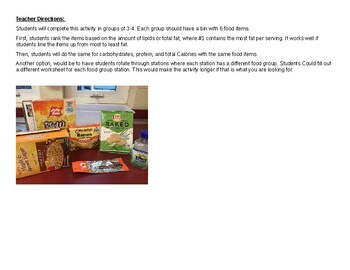





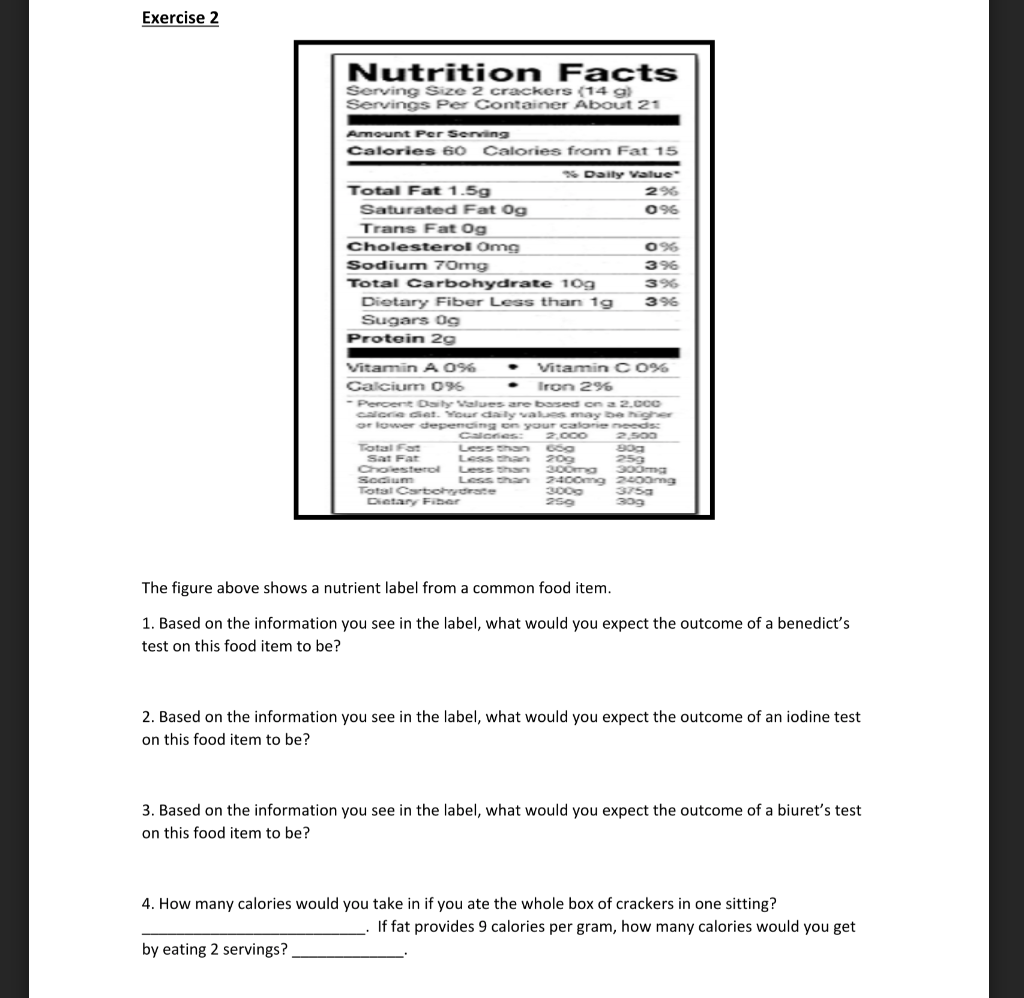




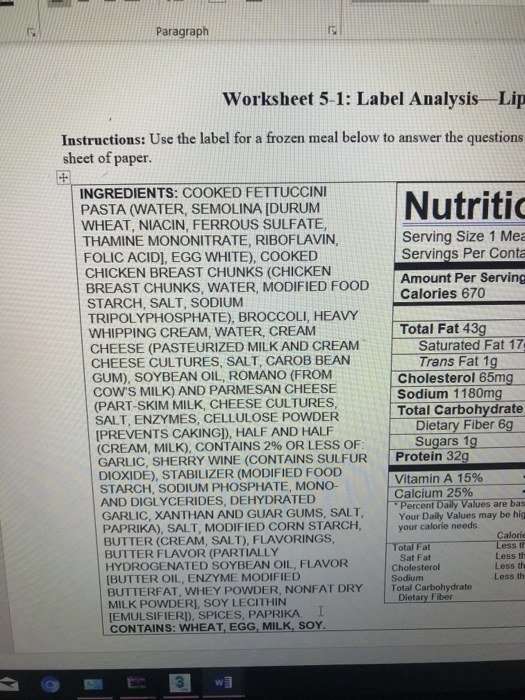

![Discovering Nutrition Facts – Human Nutrition [DEPRECATED]](https://pressbooks-dev.oer.hawaii.edu/humannutrition/wp-content/uploads/sites/10/2018/01/image6-1.jpg)

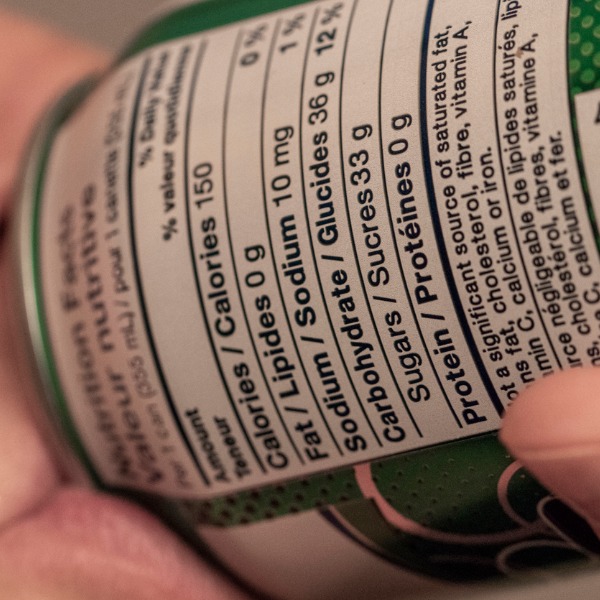


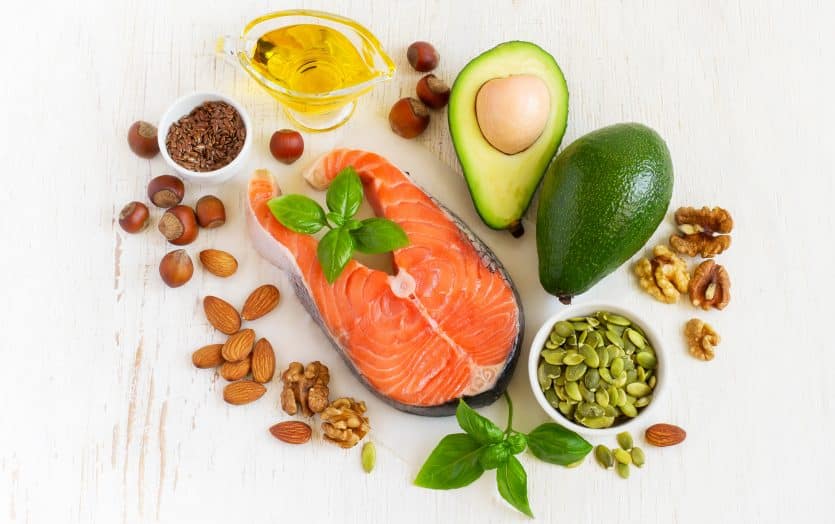
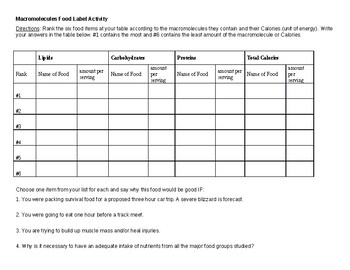

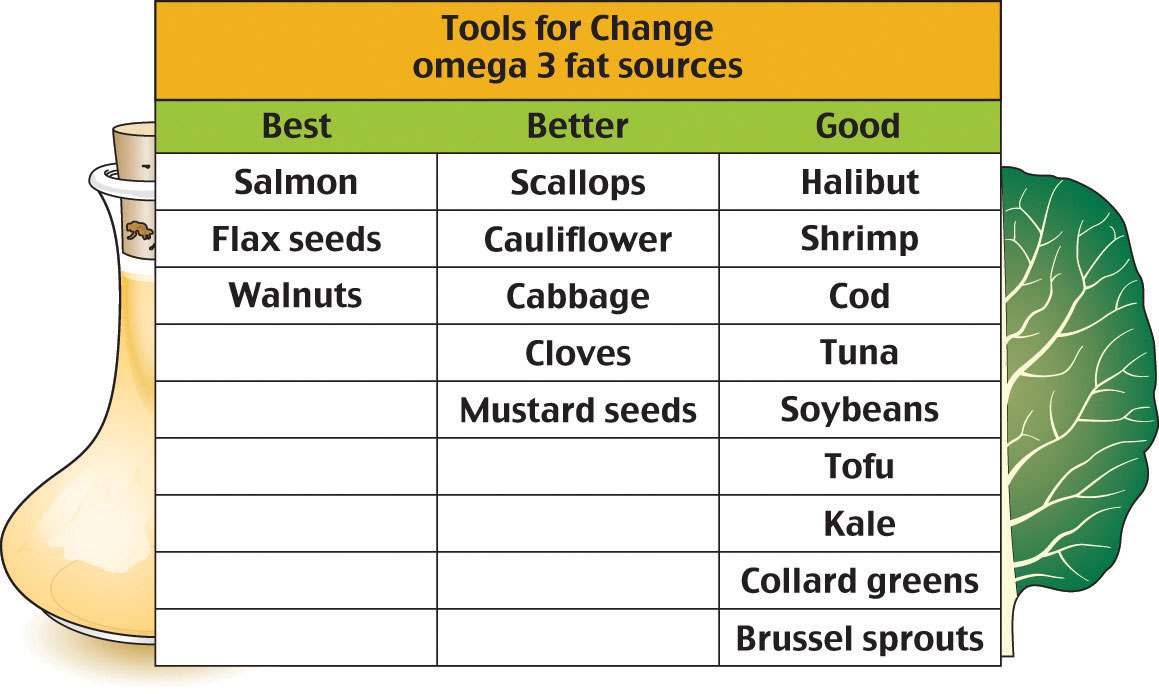

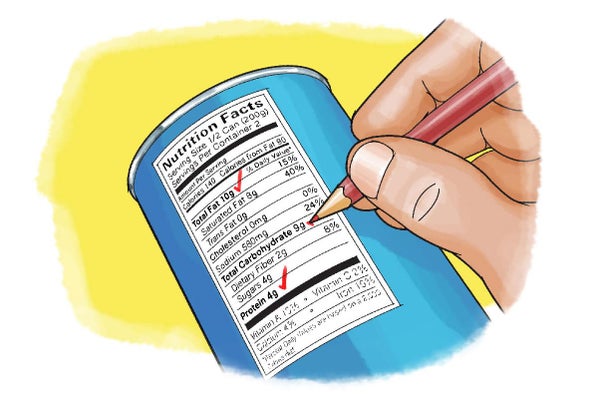

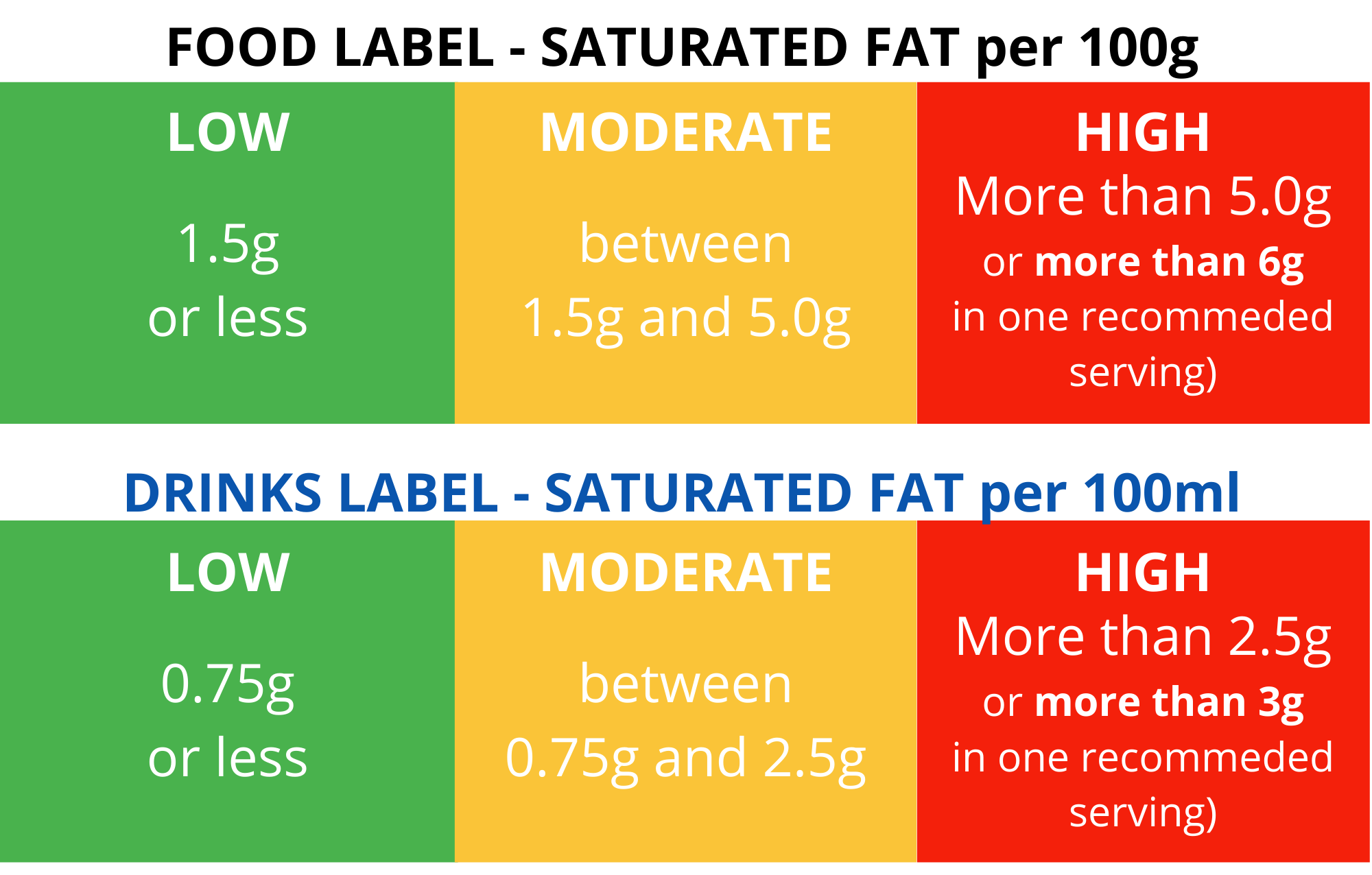



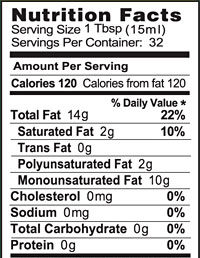


Post a Comment for "43 lipids on food labels"